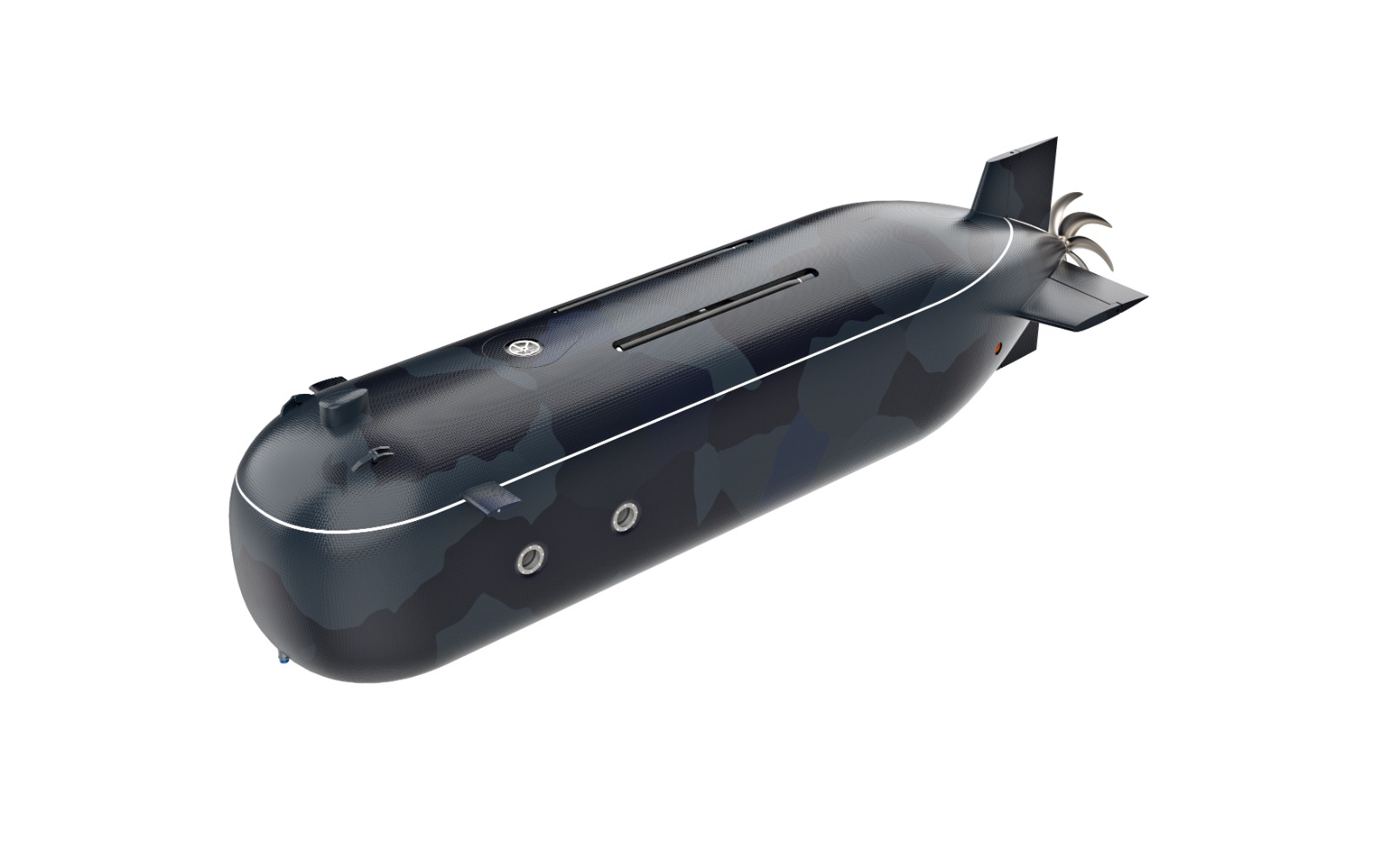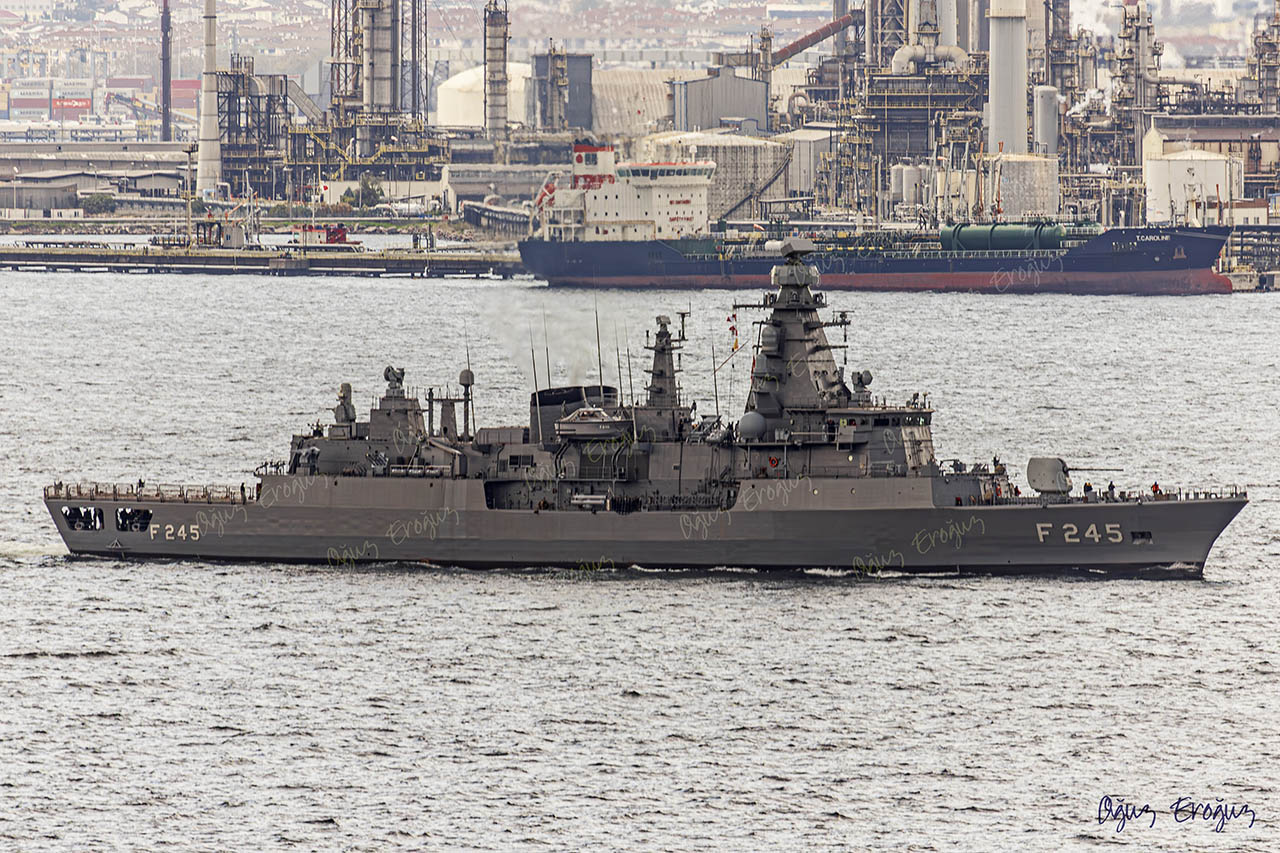Well! If you check it out, the price of each S80 is near 1 billion Euros. That means 4billion Euros for four S80s. (It was estimated that in 2012 the cost of 4 subs to be around 2.2 billion Euros)
Our 6 Reis class ships’ total cost, at the time of contract, was to be 2.06 billion Euros. So there is a European product cost base saving, Navantia is thinking about. Yes! The S80 is bigger and may contain newer and more expensive technologies. But producing the subs in Turkey will prove to be a big cost saving exercise.
BAE Systems is also involved in manufacturing and supplying the pressure hull domes from its shipyard in Barrow UK adding to the cost.
As Turkish Reis Class AIP subs are being built entirely in Turkiye with most of it’s sub components being sourced locally; Probably apart from the Siemens BZM PEM unit (Proton Exchange Membrane) and the Austrian hull steel -soon to be of Turkish origin - , the submarines can be classed as of indigenous origin. This means we have means and an eco-system to build high tech submarines at a reasonable cost base to make them competitive in world markets. That is a big advantage for us and for a partner like Navantia!
The S80 Plus is as indigenous as it can get for the Spanish. Most of its critical systems are local. The electric motors and generators used in its propulsion system are made by Gamesa Electric of Spain. The diesel engines are MTU licensed production by Navantia in Cartagena Spain.

 www.defenceturkey.com
www.defenceturkey.com



 s80flight.navantia.es
s80flight.navantia.es
The partnership with Navantia on S80, could be a short track to Milden!
Our 6 Reis class ships’ total cost, at the time of contract, was to be 2.06 billion Euros. So there is a European product cost base saving, Navantia is thinking about. Yes! The S80 is bigger and may contain newer and more expensive technologies. But producing the subs in Turkey will prove to be a big cost saving exercise.
BAE Systems is also involved in manufacturing and supplying the pressure hull domes from its shipyard in Barrow UK adding to the cost.
As Turkish Reis Class AIP subs are being built entirely in Turkiye with most of it’s sub components being sourced locally; Probably apart from the Siemens BZM PEM unit (Proton Exchange Membrane) and the Austrian hull steel -soon to be of Turkish origin - , the submarines can be classed as of indigenous origin. This means we have means and an eco-system to build high tech submarines at a reasonable cost base to make them competitive in world markets. That is a big advantage for us and for a partner like Navantia!
The S80 Plus is as indigenous as it can get for the Spanish. Most of its critical systems are local. The electric motors and generators used in its propulsion system are made by Gamesa Electric of Spain. The diesel engines are MTU licensed production by Navantia in Cartagena Spain.

Type 214TN REIS Class TCG PİRİ REİS Submarine
 www.defenceturkey.com
www.defenceturkey.com
S-80 Plus - Navantia
The partnership with Navantia on S80, could be a short track to Milden!
Last edited:









